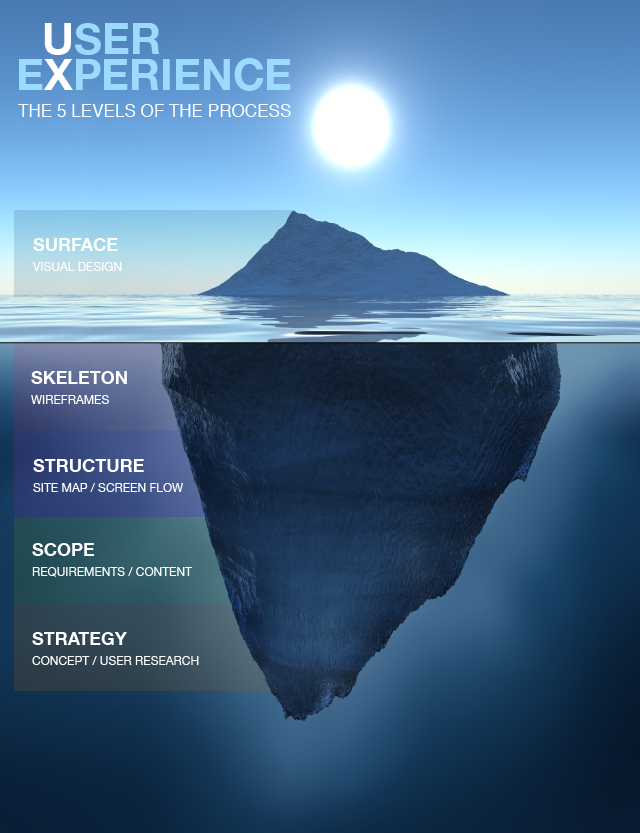Strictly academically: User Experience (“UX”) is understood to be the sum of user experiences while using a service or product and during all other situations involving contact with a given brand, for example during contact with a call center, a webpage, mobile application, sales representative.
The desired UX is a positive UX. This means primarily that all the customer’s need is met and fulfilled in line with expectations thanks to a combination of interaction with a given person, product, or series of individual elements which provide a feeling of satisfaction.
Types of interaction
Interactions can be active or passive. Active ones are those in which the user takes particular actions (either consciously or instinctively). The activity of the interaction means that specific actions are taken. There are also passive interactions. These are situations in which the user takes no obviously visible actions, but still has an experience which influences feelings and emotions.
An example: while sitting on a park bench we watch children throw a frisbee to a dog. In spite of the fact that we take no active part in the situation, our interaction with the situation produces hormones in our bodies which in turn create pleasant feelings.
User Experience is not something extra, something added on; it always exists and if it is not positive, it is negative. Experiences are everywhere and it is impossible not to have them.
UX in other areas
User Experience Design is a multidisciplinary subject which draws from many other areas, including psychology, art, engineering, graphic design, information architecture, business analysis, research (qualitative and quantitative), and many others. As a result, UX is a broad subject which involves the humanities and hard sciences.
UX Designer
The job of a UX Designer is to blend the individual points of view of different people into one, or to see the product/service first of all in its entirety, and secondly through the eyes of the future user, so as to provide the best possible solutions for that user.
Basic components of User Experience
- Findability – or how easy it is for the consumer to find a webpage, application, product or service at the moment when they need it. Findability is influenced by naming conventions, marketing communication, and how easy it is to find the company webpage in search engines (SEO).
- Desirability – or how attractively the product is presented to the consumer, its image value.
- Credibility – or eliciting a feeling of trust in the consumer that the product will do its job.
- Accessibility – or whether the product is adapted to the needs of disabled persons, and operates correctly on different systems, browsers and resolutions.
- Usability – or whether the product is convenient and easy to use.
- Usefulness – or how well the product meets the real needs of the users.
UX levels
The dimensions in which the work of a UX Designer operates make one aware of just how many elements there are hidden behind the final visual effect, for example from the point of view of the interface.

Source: https://blog.betweenstudio.com
We like to use the analogy of an iceberg, which in the case of UX is most definitely appropriate. What you can see, that is the visual effect of the Designer’s work, is just the tip of the iceberg; the remaining processes (the fundamental part) is mainly hidden below the surface. We need to be aware of these processes and pay careful attention to them because it’s they that determine the success or failure of a project.
And finally: remember to make sure that your solutions never look like the one below!















